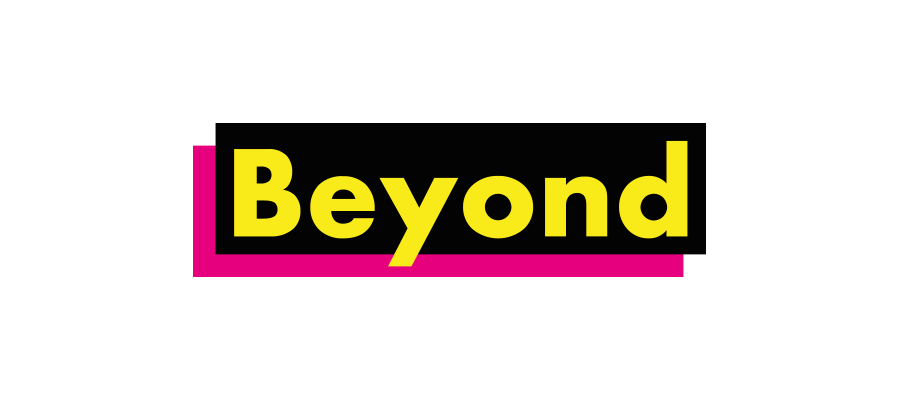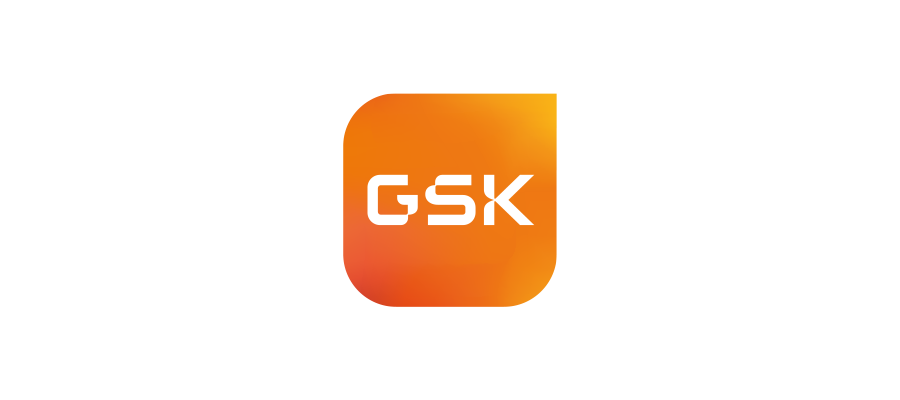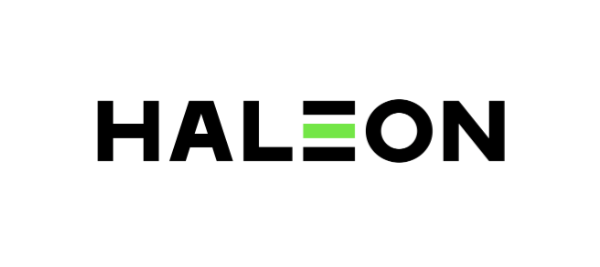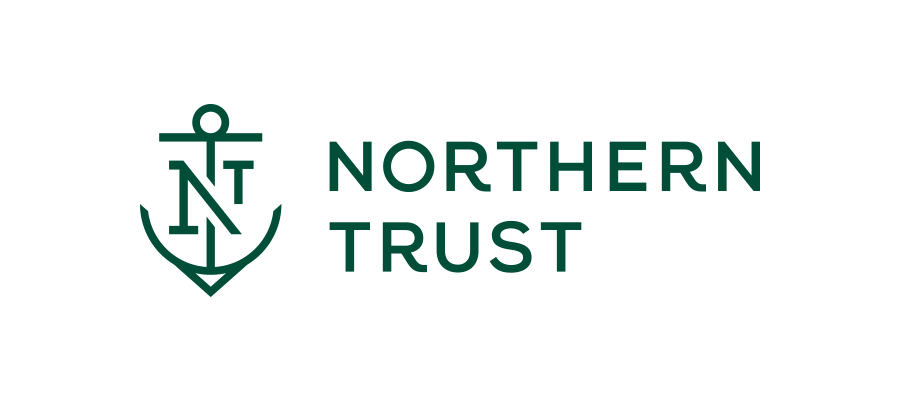Fostering an inclusive workplace for all neurotypes
I was 40 when diagnosed with autism spectrum disorder (ASD) level 1. With career choices in (then) marketing and (now) People & Culture, it surprised many when I revealed I had difficulties in social communications. To fit in and navigate social situations, I learned to engage in small talk and developed a strategy of scripting my responses. Unfortunately, there were times when I misjudged the context or dynamics in a situation and applied wrong behaviorsbased on my observations of “appropriate” responses to similar interactions.
The process of masking my autistic traits (including sensory sensitivity, stimming, poor working memory, time-blindness, strong preference for sameness, intense attention on specific interests while challenges with attention on other topics, and lots more!) was not without its challenges. Often, I am left feeling overwhelmed and completely exhausted. I constantly second-guess myself, worrying about whether I have given sufficient eye contact or whether my responses during a meeting were awkward. The fear of making a social faux pas can be mentally taxing.
As I reflect on my life experiences, I realize that this neurodevelopmental condition, encompassing challenges in social, communication, and behavioral aspects, helps explain why I have endured prolonged periods in unhealthy relationships and tend to leave workplaces before reaching a three-year tenure.
Seven months into my employment at The Weber Shandwick Collective, I was clinically diagnosed with autism. Initially, I was fearful of what that would mean for me at work. But things turned out to be different from my apprehensions, and perhaps this was due to the supportive environment that made me comfortable in finding my way to success:
- The supportive reactions from my colleagues gave me a sense of belonging and I felt valued despite my differences.
- The approved accommodation to work fully remote at home provides a safe environment for me to make adaptations at my own pace.
- My manager encourages me to take time to self-regulate when I get overstimulated from numerous virtual meetings within a day.
- I am asked if I would like to participate in projects that play to my strengths.
- The autonomy to perform my tasks without being micromanaged boosts my confidence and creativity.
Exposure to employee-led initiatives promoting diversity, equity and inclusion (DEI), mental well-being and organizational values (curiosity, inclusion, courage, and impact) empowered me to voice out to a receptive environment that listens to what matters to me. This experience provided me with a profound sense of fulfilment. Through my experience at The Weber Shandwick Collective, I learned the importance of self-advocacy and acquired the skills to efficiently express my needs and preferences, making meaningful contributions both at work and in my personal life.
How workplaces can be more inclusive to all neurotypes
Neurodivergent people perceive and interpret sensory information, including sounds, sights, smells, and tactile sensations, in ways that differ from the broader population. It is important to tailor support based on an individual’s preferences, given each person may be independent in certain areas of their life while requiring more assistance in other areas, such as participation in unstructured activities.
Do recognize that many neurodivergent employees may not realize their neurodivergence due to unawareness, or pursue a diagnosis due to stigma, accessibility and affordability. Moreover, those diagnosed may not feel comfortable disclosing it. Thus, it is crucial to create a more inclusive workplace for all neurological variations. Here are some practical and simple ways to implement inclusivity:
Communications:
- Encourage clear and direct communication. It is more helpful to specify deadlines - “submit by 6 pm today” instead of “submit by the end of today”.
- Use respectful and inclusive language. Use “challenges” instead of “deficits”, and use “with low support needs” instead of “high functioning”. Do ask the individual about their preference when in doubt to use identity-first language or person-first language.
- Use sans-serif fonts, a minimal font size of 12, larger line spacing and headings to improve readability.
- Provide visual support such as graphs, charts and checklists to assist individuals with reading challenges to process information more effectively.
Meetings:
- Distribute meeting agendas in advance to allow participants ample time for preparation. Providing information on the expectation of attendees, the meeting location/mode, and the meeting purpose help individuals grasp the context and conduct any necessary research.
- Embrace the absence of eye contact when speaking as a valid form of interaction. It may be easier for some individuals to articulate their thoughts when looking away.
- Offer opportunities to participate in alternative ways to be inclusive of individuals who struggle with verbal communication. This can include typing answers into an online chat box, encouraging the use of assistive technology such as text-to-speech software like the Read Aloud function in Microsoft 365, and using interactive platforms such as Mentimeter.com which allow for real-time anonymous inputs from audiences.
- Ensure the availability of captioning services for virtual meetings and video content.
- If feasible, offer meeting recordings or notes for individuals to review at their own pace to get up to speed with the discussion.
- Recognize that some individuals have developed strategies that work for them to stay focused in meetings. Taking plenty of handwritten notes helps me be less self-conscious of eye contact.
Office Spaces:
- Designate quiet zones in low-traffic areas with options for flexible seating, adjustable lighting, and temperature control to accommodate sensory sensitivities.
- Offer reasonable equipment such as noise-cancelling headphones, computer screen filters, height-adjustable desks, etc.
- Prior to events involving loud noises (such as fire drills or office parties), communicate the details in advance and offer the option for voluntary participation.
My advice for Team Managers:
- Assign tasks that align with the distinct strengths of each team member. Some individuals may excel in undisrupted detail-oriented assignments, while others thrive in spontaneous tasks.
- Explore alternative career advancement pathways customized for individual contributors to specialize in their strengths.
- Recognize that some individuals may struggle with time-blindness and may overestimate the time they need to complete a task. Encourage them to use checking strategies such as setting alarms to prompt task transitions, time blocking, checklists, regular check-ins with an accountability partner, etc.
My advice for Neurodivergent Individuals:
- Strengthen your self-confidence by learning to communicate your needs, preferences, and goals effectively. Reflect on what is important to you so that you can articulate them clearly.
- Develop strategies that are effective for your individual needs. For me, I benefit from blocking out time in my calendar for hyperfocus, and color-coding email categories and notebook tabs to stay organized.
- Use positive affirmations to counter self-critical thoughts. Remind yourself of your strengths, unique perspectives, and positive qualities.
I’d also like to encourage participation in Neurodiversity Celebration Week, from 18 to 24 March 2024. This is a worldwide initiative that challenges stereotypes and misconceptions about neurodevelopmental disorders and learning disabilities.








